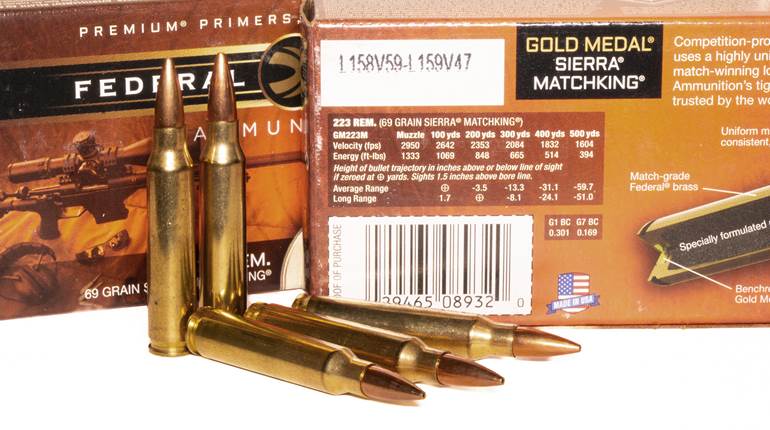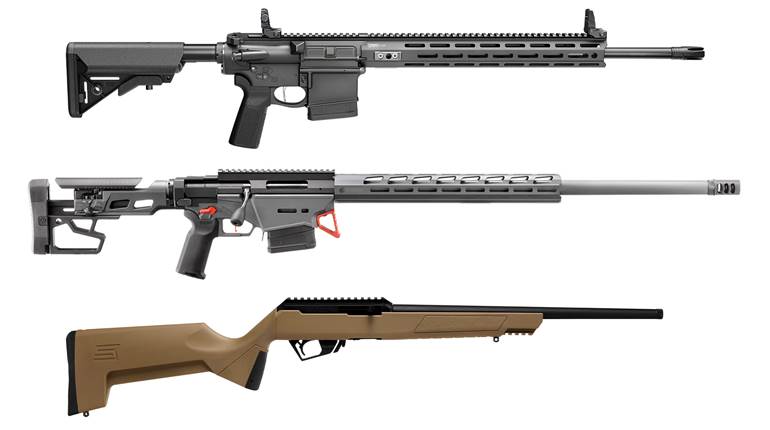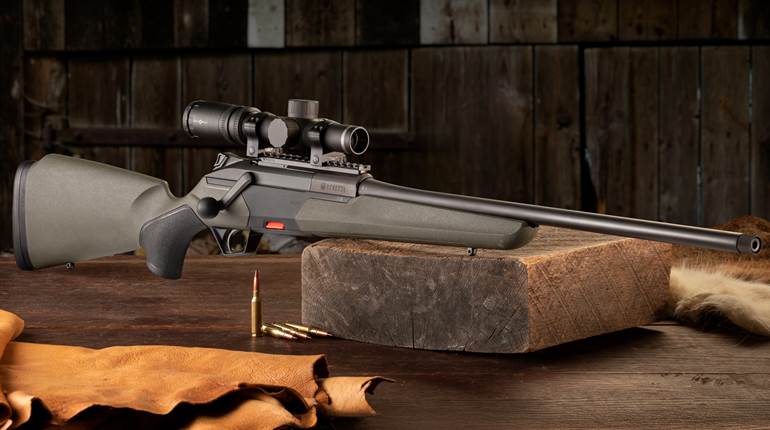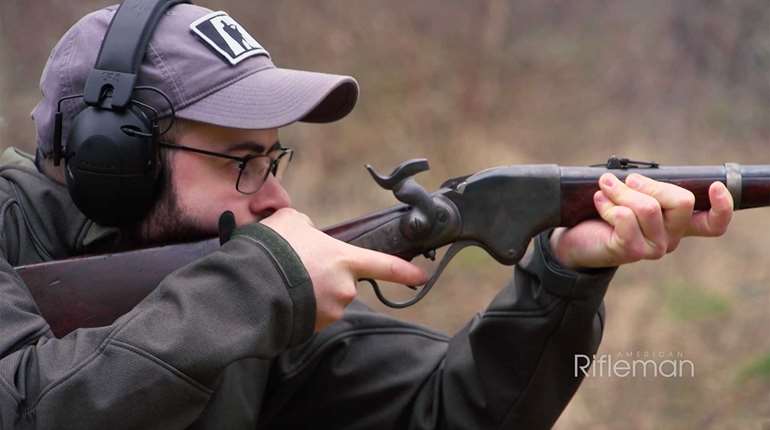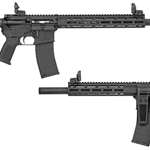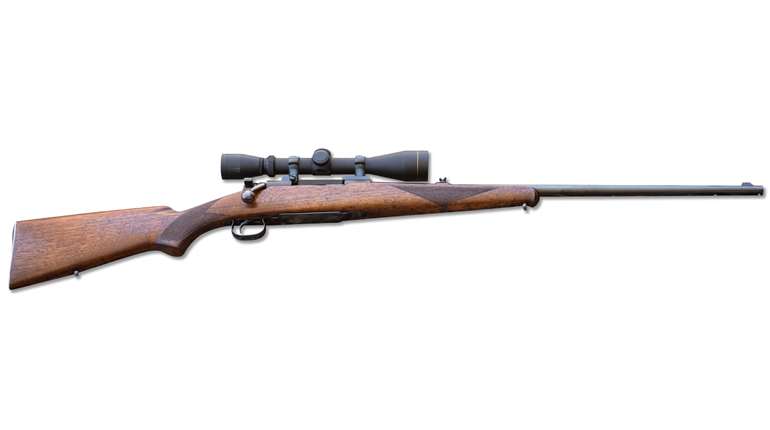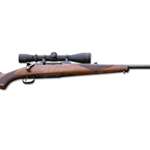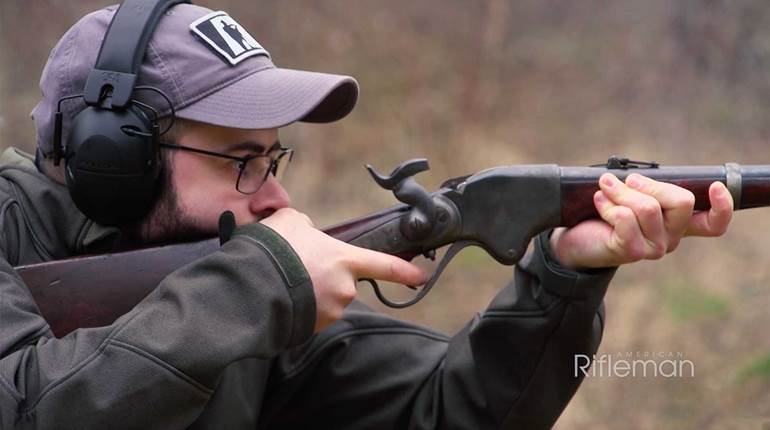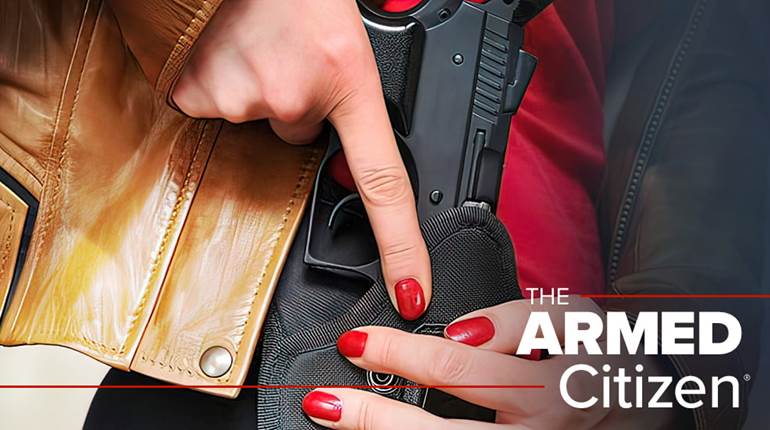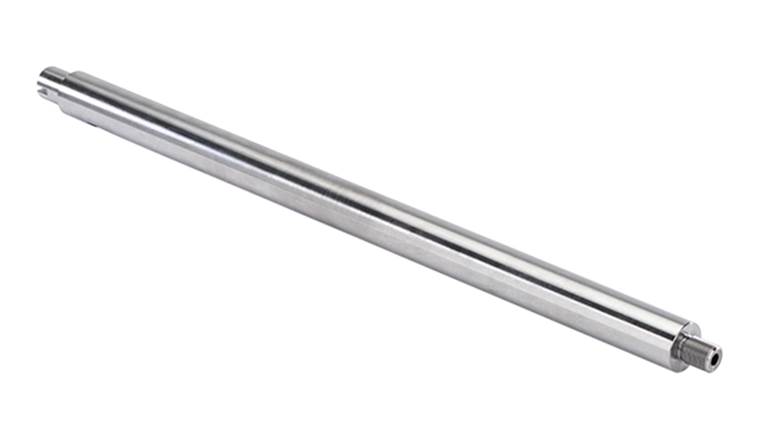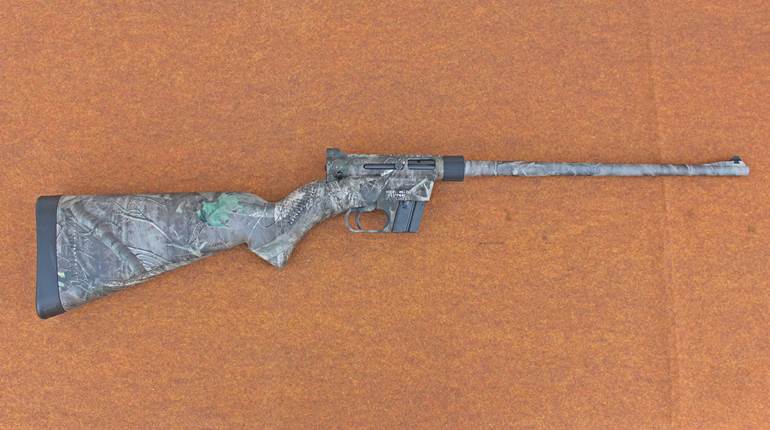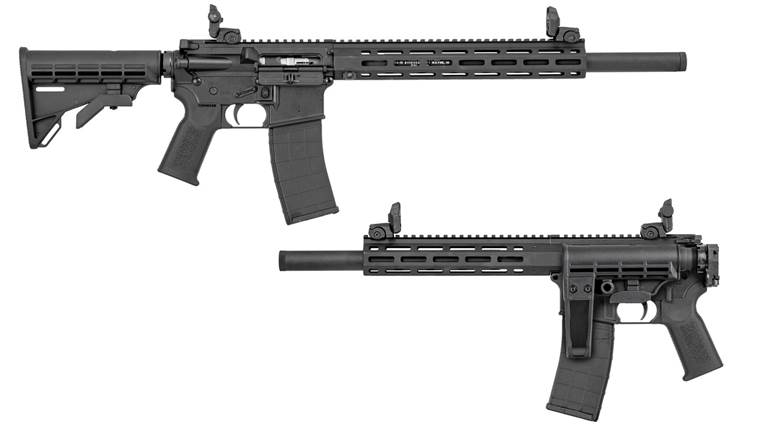
9/10/2012
Last year Mossberg rocked the rifle world with the introduction of its MVP rifle. In case you don't know, the MVP is a bolt-rifle in .223 Rem. that feeds from a detachable box magazine. The kicker is it's not just any magazine; the MVP uses AR 15 magazines. Whether five, 10, 20 or 30 rounders does not matter. If you have a magazine that will work in an AR 15, it will work in a Mossberg MVP.
How big of a deal was this? Huge, as far as I can tell; at my personal blog, posts on the Mossberg MVP have been viewed at more than any others. It all makes perfect sense actually. Anyone who's done any prairie dog hunting or high-volume varmint shooting understands the value of a high-capacity magazine and the most prevalent rifle magazines in the world are magazines for the AR-15.
I liked the MVP from the first time I heard about it. I liked it even more the first time I picked it up and pulled the LBA trigger. After three days in Oregon shooting ground squirrels and rock chucks, the only complaint I had was that I did not own one. I started to rectify that with my check book but after talking with Mossberg representatives I learned that for 2012 Mossberg would be offering a more compact version. I was sworn to secrecy and decided to hold onto that check until the newer MVP was available. Now it is, and I have one.
This more compact MVP is called the Predator and utilizes the same action as the original MVP. There are two main differences; the stock is more of a sporter style and the barrel is shorter. This makes the MVP Predator much more suited to hunting from your feet like most predator hunters do. And, since the stock is thin and trim with a 13-inch length of pull (LOP), it should work moderately well with smaller statured shooters.
To provide some MVP education for those of you who've not had Internet and who've not read a gun magazine in the last year, here's the down and dirty. The MVP's action is based on the Mossberg 4x4 action, which is machined from bar stock. It has been shrunk so the ejection port opening is only 2.16 inches long. The barreled action rests on a polymer bedding block with an integral magazine well that is fitted with a lever-like magazine release at the front. The bedding block fits inside the stock and is held in place by two steel pillars through which the front and rear action screws pass.
To get the bolt to slip between the narrow feed lips on the AR magazine, reliably push cartridges into the chamber and still lock up tight, Mossberg hinged the lower portion of the bolt face so it would drop down and sort of dig a cartridge from the magazine. Mossberg also fitted the MVP with its Lightning Bolt Action (LBA) trigger, which has a center lever that blocks the sear from releasing the striker unless the lever is depressed. It is adjustable for a pull weight of between 2 to 7 pounds, with the trigger on my MVP Predator breaking consistently at 2.5 pounds right out of the box.
An interesting twist with the MVP was chambering it for the 5.56 NATO as opposed to the .223 Rem. What's the difference? Only that the 5.56 NATO chamber has a longer throat than the .223 Rem. The idea was to make the MVP compatible with any .223 Rem. or .5.56 NATO load. In bolt-action rifles this has never really been a problem since the external dimensions of both cartridges are identical. However, 5.56 NATO ammunition is loaded to a higher pressure and the 5.56 NATO chamber in the MVP negates this ever being a safety issue.
How does my MVP Predator shoot? The average for 15, five-shot groups with three different loads, with bullet weights ranging from 43 to 55 grains, was 1.22 inches. The smallest group fired was only slightly larger than a half-inch, while the largest measured 2.27 inches. I'm not apologizing or making excuses but my first day on the range with the MVP Predator was not representative of my best work. It seemed I could put four shots in one ragged hole almost every time. But, like a friend says, "Anybody can shoot four good shots, it's the fifth one that get's you." Regardless, at any distance where the .223 Rem. has enough power to take a coyote, a miss with the MVP Predator will be the shooter’s fault.
For those who can't seem to decide whether to take their AR or a bolt gun predator hunting, the MVP Predator offers a nice compromise. It should be a great calling rifle for bobcat, fox or coyote and in the 38 states that allow .22 calibers for deer hunting, it would be a sweet walking around rifle. I sure wish I'd had one of these back when I was young and prowling the pastures and fields of West Virginia for ground hogs and fox.
The MVP Predator might also have appeal to law enforcement too. Smaller agencies cannot afford a dedicated, high-end sniper rifle or sniper team. Here, the MVP Predator could share magazines with other officers armed with ARs and it’s compact enough to be easily carried in patrol vehicles. Agencies on a budget and looking for a system for a designated marksman or just a bolt-action patrol rifle should take note.
There is one other venue where I see the MVP Predator gaining a following. In the last few years we have seen a variety of new AR-15 cartridges based on the .223 Rem. case. There's the .300 Blackout, the 7.62 X 40 WT and the latest; the screaming hot 25-45 Sharps. All you need to do to convert the MVP Predator to fire one of these cartridges is change the barrel.
For all these reasons, I'd be surprised if the Mossberg MVP Predator does not become one of the best selling bolt-action rifles over the next few years. At least until Mossberg thinks of something cooler to do with the MVP platform. I'm thinking a scout rifle version is the next logical choice.
Manufacturer: O. F. Mossberg & Sons Inc., www.mossberg.com, (203) 230-5300
Model: MVP Predator
Caliber: 5.56 NATO / .223 Rem.
Barrel: 18”, 6 Grooves, 1:9” RH Twist, Button Rifled
Overall Length: 37.25”
Weight: 6 lbs., 7 ozs.
Stock: Laminated hardwood
Sights: None. Drilled and tapped for scope bases (Remington 700)
Action: Bolt-action, repeating.
Finish: Matte blue
Capacity: 5 + 1, Shipped with one five-round magazine. (Will accept any AR 15 magazine.)
Suggested Retail Price: $ 649












